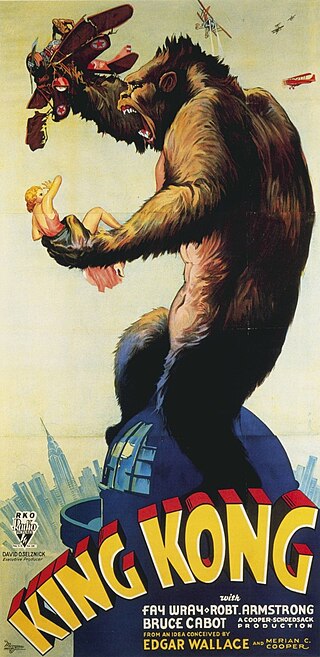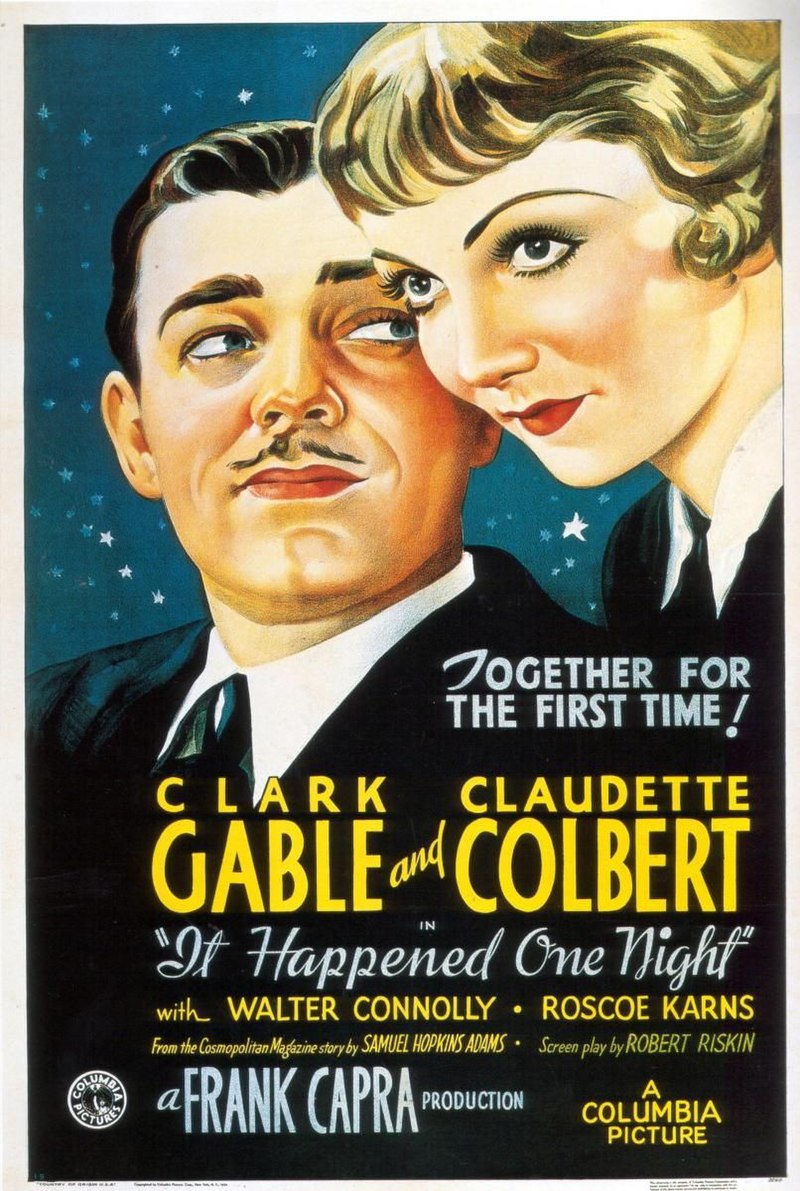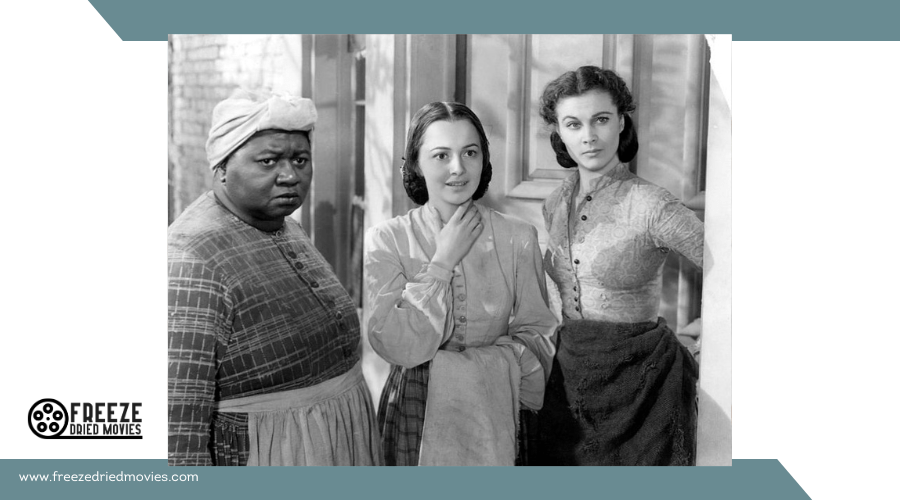How the Great Depression Influenced 1930s Cinema

You're about to explore how the Great Depression transformed 1930s cinema from mere entertainment into a crucial form of escapism. As theaters faced closures and studios grappled with financial crises, filmmakers adapted by crafting uplifting comedies and musicals that reflected themes of hope and resilience. They also introduced innovations like double features and discounts to attract audiences. The advent of sound technology added a new dimension to storytelling, leading to iconic collaborations. But how did these changes shape Hollywood's recovery and cultural landscape? Let's delve into the layers behind this transformative period.
Economic Impact on Hollywood
The Great Depression had a profound economic impact on Hollywood, causing a significant decline in movie attendance. By 1932, approximately 8,000 out of 23,000 U.S. theaters had closed, affecting small towns and working-class communities the most. Major studios like Paramount and RKO faced severe financial crises, with Paramount's bankruptcy being the second largest in U.S. history due to poor box office performance and overwhelming debt.
In response, studios implemented aggressive marketing strategies to attract audiences. MGM's "The Hell with Depression!" campaign aimed to boost morale despite the economic downturn. Additionally, salary cuts of up to 50% for production workers led to labor unrest and the formation of the Screen Writers Guild and Screen Actors Guild.
Despite these challenges, Hollywood continued to produce films that provided much-needed escapism. Movies like "King Kong" (1933) and "Top Hat" (1935) showcased innovative filmmaking techniques, offering audiences a temporary escape from the harsh realities of the Great Depression. This period underscored Hollywood's role as a beacon of hope and distraction during difficult times.

Hollywood's Crisis Response
During the Great Depression, Hollywood responded by adopting optimistic slogans like "Your Box Office Depression Ends" to attract audiences seeking escapism. Despite financial difficulties, studios introduced double features and discounts, while independent exhibitors relied on affordable content from Poverty Row. Even as major players like Paramount faced bankruptcy, the industry continued to innovate to keep moviegoers entertained.
Resilient Marketing Strategies
During the Great Depression, Hollywood studios actively implemented resilient marketing strategies to counteract the economic downturn and keep audiences returning to theaters. Recognizing the public's need for escapism, they used slogans like "Your Box Office Depression Ends" to offer temporary relief from daily struggles. MGM's bold campaign, "The Hell with Depression!", featured upbeat imagery designed to uplift viewers, encouraging them to visit theaters despite financial constraints.
To make movie-going more appealing, double features and dish nights became popular, providing affordable entertainment options. Major distributors, though initially skeptical of small-town theaters' discount promotions, couldn't deny their effectiveness in maintaining audience interest. Hollywood also sourced affordable content from Poverty Row producers, ensuring a steady stream of films while keeping production costs low.
These adaptable marketing tactics were essential. By creatively engaging audiences and providing cost-effective escapism, Hollywood managed to keep its doors open even as theater numbers declined. The resilience of these strategies not only sustained the industry during tough times but also reinforced the power of cinema as a source of hope and joy.
Adaptation in Business Models
The Great Depression forced Hollywood studios to overhaul their business models to survive. Studios like Paramount and RKO faced severe financial challenges, with Paramount even entering bankruptcy, marking the second-largest in U.S. history. This prompted a major restructuring of their business models. The film industry responded to these financial challenges through several key adaptations:
- Cost-cutting measures: Studios slashed salaries by up to 50% for production workers to manage cash flow issues.
- Promotional strategies: Declining movie attendance led to double features and promotional discounts to attract audiences.
- Supply chain shifts: Independent exhibitors turned to Poverty Row producers for more affordable content.
Adapting to the change to sound technology was another critical move. This alteration created an urgency to recoup investments, driving studios to improve production efficiency. The need to maintain profitability amidst the downturn pushed the film industry to innovate rapidly. By implementing these adaptations, Hollywood managed to keep its doors open and continue producing films, despite the dire economic landscape of the 1930s. This resilience showcased the industry's ability to pivot and thrive even under immense financial pressure.
Financial Struggles of Studios
Economic hardship permeated the film industry during the Great Depression, impacting major studios like Paramount and RKO. Paramount, for instance, entered receivership due to substantial debt and poor box office performance, marking its bankruptcy as the second largest in U.S. history. Production workers faced salary reductions of up to 50%, contributing to growing labor unrest and the formation of unions such as the Screen Writers Guild.
The financial crisis pressured studios to adapt their business strategies. Major players sought affordable content from independent producers to cut costs. Theaters introduced double features and discount promotions to attract cash-strapped audiences. Despite these efforts, around 8,000 of the 23,000 U.S. movie theaters had shut down by 1932, severely impacting film distribution and viewership.
The instability in Hollywood also affected the stock prices of major studios, leading to a restructuring of corporate leadership. Prominent industry leaders lost control amid the chaos, reshaping the landscape of the American film industry.
Labor Relations Shifts
In the wake of the March 1933 bank holiday, Hollywood's creative workers faced severe salary cuts of up to 50%, initially presented by studios as a temporary solution to cash flow problems. However, as these reductions persisted, dissatisfaction grew, and workers began voicing their grievances about exploitation and deteriorating working conditions. This shift in power dynamics led to significant changes in labor relations within the industry.
In response, the creative workforce took decisive steps:
- Formation of unions: The Screen Writers Guild was established in April 1933, quickly followed by the Screen Actors Guild.
- Use of trade papers: Workers leveraged these platforms to publicize their grievances.
- Collective action: Coordinated efforts were made to secure better pay and working conditions.
These actions marked a significant increase in labor organization, driven by the urgent need to address salary cuts and exploitation. The economic pressures of the Great Depression acted as a catalyst, pushing Hollywood's creative community towards stronger collective action and unionization. By uniting, they aimed to secure fairer treatment and improve their working conditions, fundamentally transforming Hollywood labor relations.
Social Context of Cinema
During the Great Depression, cinema transitioned from everyday entertainment to a luxury, as many theaters closed due to economic hardship. Hollywood responded by producing films like "King Kong" and "42nd Street," which offered audiences escapism and a temporary reprieve from reality. These movies often mirrored society's struggles and aspirations, embodying themes of hope and resilience.
Escapism Amid Economic Hardship
During the Great Depression, cinema emerged as a vital escape for countless Americans grappling with economic hardship. Films became a refuge, offering a brief respite from the grim realities of daily life. With ticket prices between 10 and 25 cents, even the impoverished could afford a ticket to another world.
Escapism found its perfect expression in the era's comedies and musicals. These genres flourished, providing lighthearted narratives that sharply contrasted with the economic despair outside theater doors. Screwball comedies tackled class disparities and human resilience, while musicals dazzled with intricate dance routines and catchy tunes.
- Comedies and musicals offered relief from daily struggles.
- Affordable tickets made cinema accessible to many.
- Stars like Fred Astaire and Ginger Rogers uplifted spirits.
The iconic duo Fred Astaire and Ginger Rogers captivated audiences with their creative dance numbers and on-screen chemistry. Films like "My Man Godfrey" and Warner Bros. musicals embodied a mix of optimism and realism, addressing social themes relevant to the times while promising hope. The industry's adaptation to sound technology also enriched storytelling, integrating musical numbers that transported viewers away from their woes, if only for a couple of hours.

Cinematic Reflection of Society
The Great Depression not only reshaped the economy but also deeply influenced the film industry, affecting the stories told on screen. In a 1930s theater, films became more than just entertainment—they served as reflections of society's struggles and aspirations. Comedies and musicals emerged as popular genres, offering much-needed escapism. With ticket prices as low as 10-25 cents, cinemas became a sanctuary for the masses.
Movies like "My Man Godfrey" addressed social themes such as class disparity and human resilience. These narratives often carried a populist sentiment, resonating with the working class while satirizing the wealthy. This critique of social inequalities struck a chord with audiences facing economic hardships.
Stars like Fred Astaire and Ginger Rogers brought hope and optimism to the screen. Their high-energy dance routines provided a stark contrast to reality, offering a visual escape that uplifted spirits. Trade papers of the time also shifted focus, highlighting labor issues and studio politics, reflecting the industry's response to societal challenges.
Economic Resilience Strategies
Hollywood's response to the Great Depression demonstrated significant ingenuity and adaptability, crucial for fostering economic resilience. Despite facing severe economic challenges, studios employed several strategies to maintain audience engagement.
One key strategy was lowering ticket prices to a mere 10-25 cents, making movies a budget-friendly escape for financially struggling individuals. This tactic ensured consistent attendance even during widespread economic distress.
The adoption of sound technology also played a crucial role. By enhancing the overall entertainment experience, studios made their films more captivating, enabling quicker recoupment of investments. Additionally, studios implemented cost-cutting measures by reducing production budgets and adopting efficient filmmaking practices, resulting in faster film turnarounds compared to other industries.
To further entice audiences, theaters introduced double features, offering two movies for the price of one. This approach, coupled with discount promotions, successfully attracted crowds despite financial constraints. Although initially met with criticism from major distributors, it proved effective in sustaining audience numbers.
- Affordable ticket prices made movies accessible to a broader audience.
- Double features and discounts appealed to cost-conscious moviegoers.
- Sound technology and efficient production practices optimized financial returns.
Popular Genres and Themes
Amid the economic turbulence of the Great Depression, certain genres and themes in cinema provided both escapism and social commentary for audiences. Comedies and musicals emerged as significant genres, offering a respite from the harsh realities of the time. Screwball comedies like "My Man Godfrey" used humor to address social issues such as class disparities and human resilience. These films reflected the populist sentiments of the New Deal, often critiquing the wealthy while highlighting the struggles of the lower classes.
Warner Bros. musicals, most notably "42nd Street," emphasized the American dream, portraying optimism and the allure of show business. These films showcased characters overcoming adversity, resonating deeply with audiences facing widespread economic despair. By depicting the glitz and glamour of show business, these movies provided a hopeful narrative that suggested success was achievable despite prevailing hardships.
In screwball comedies, comedic portrayals of wealth served a dual purpose. They mirrored societal struggles and offered hope and entertainment to impoverished audiences. Through laughter and song, these films provided an indispensable escape and a reminder that resilience and optimism could see one through even the toughest times.
Iconic Collaborations
Iconic Collaborations in 1930s Cinema
The 1930s was a decade marked by iconic collaborations that left an indelible mark on cinema. Among the most celebrated partnerships was that of Fred Astaire and Ginger Rogers. Starring in eleven films together, their chemistry and innovative choreography captivated audiences and set new standards for dance in Hollywood.
Another Hollywood icon, Clark Gable, made a significant impact during this era, particularly with his role in "It Happened One Night" (1934). His performance earned him an Academy Award for Best Actor, solidifying his status and contributing to the evolution of the romantic comedy genre. His collaborations with directors such as Frank Capra showcased his versatility and charm, making him a household name.

The Marx Brothers brought much-needed laughter to audiences during the Great Depression with their anarchic humor and successful films. Their collaboration was a hallmark of 1930s cinema, blending comedy with social commentary and resonating deeply with those facing economic hardships.
Key points about iconic collaborations in 1930s cinema include:
- Fred Astaire and Ginger Rogers: A celebrated dance duo whose films set new standards in Hollywood.
- Clark Gable: An icon in romantic comedies, known for his versatile performances.
- Marx Brothers: Masters of anarchic humor, providing comedic relief during difficult times.
Sound Technology Advancements
The advent of synchronized sound technology in the late 1920s revolutionized filmmaking, enabling more complex storytelling and character development that became crucial in 1930s cinema. The ability to hear actors' voices allowed for dialogue-driven plots and nuanced performances. Actors like William Powell transitioned from villain roles to leading men, showcasing their versatility and captivating audiences in ways silent films couldn't.
The 1930s also saw the integration of musical numbers into films, significantly enhancing audience engagement. Musicals became a popular genre during the Great Depression, providing an escape from economic hardships. Hollywood capitalized on this trend by producing films with elaborate dance sequences and catchy songs. Iconic pairings like Fred Astaire and Ginger Rogers emerged, their dance numbers becoming hallmark features that drew audiences to theaters.
Advancements in sound technology didn't just change film production; they transformed the entire filmmaking process. Hollywood's narrative and production styles evolved, embracing the new possibilities that sound brought. These innovations ensured that cinema remained a crucial source of entertainment during challenging times, helping the industry adapt and thrive.




